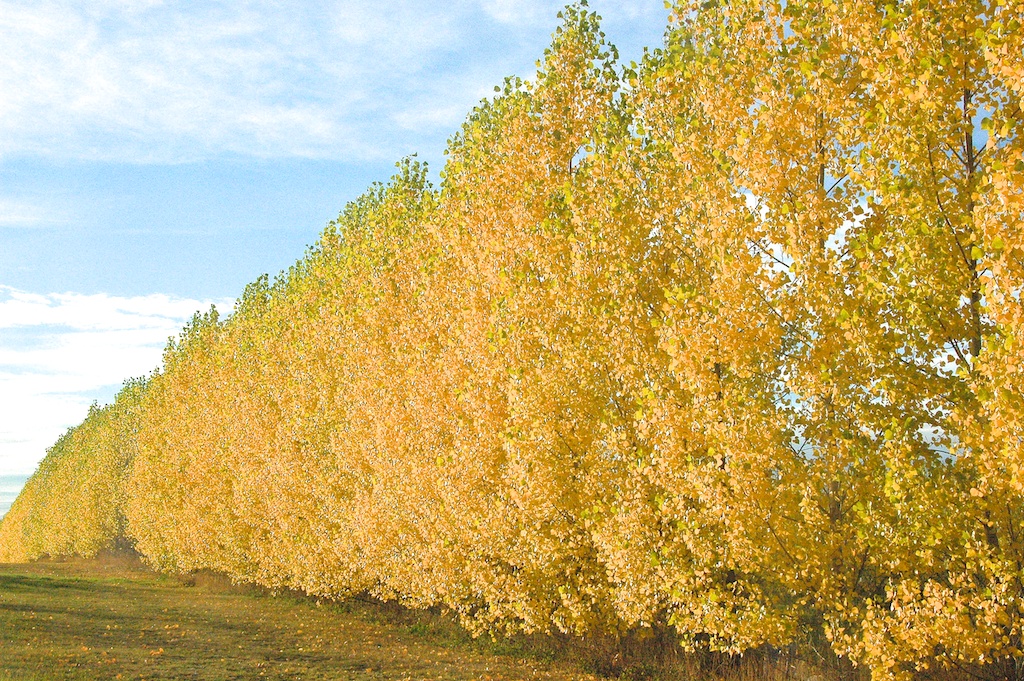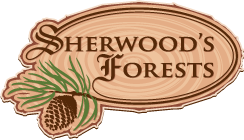
The edge were tree meets field creates a haven for all sorts of critters.
Coyote Willow
Salix exigua
Coyote willow is Alberta's answer to bamboo. The leaves are narrow, only a quater inch wide. The twigs are thin and very flexible.
Coyote willow moves at the slightest breeze with a graceful swaying motion.
Coyote willow is often used for stabilizing creek and river banks, and as a reclamation plant anywhere that it's wet. Its natural habitat is on sandbars, and river banks. This willow does not do well in even moist ground. It wants to be close to the water table.
Coyote suckers. One willow becomes a thicket in a few years.
These two features give a way to control, and enhance it.
Plan your location, and excavate a shallow trough that is a foot deep and ten feet wide. Plant your willow at the bottom of this trough. Twice a year flood the trough with several inches of water. The willow will get the water it needs to grow, but the area away from the trough doesn't get enough water, so it won't do well there.
Suckering can also be controlled with mowing or a weed-eater with a brush blade.
If used decoratively, Coyote needs to be cut down every 3-4 years. Left on its own it gets leggy looking.
Got something to say? Email me: sfinfo@sherwoods-forests.com
Interesting? Share this page.
Want to talk right now? Call me: (8 am to 8 pm only, please) 1-780-848-2548
Do not arrive unannounced. Phone for an appointment. Why? See Contact & Hours That same page gives our hours of operation.
Back to Top
Copyright © 2008 - 2021 S. G. Botsford
Sherwood's Forests is located about 75 km southwest of Edmonton, Alberta. Please refer to the map on our Contact page for directions.
